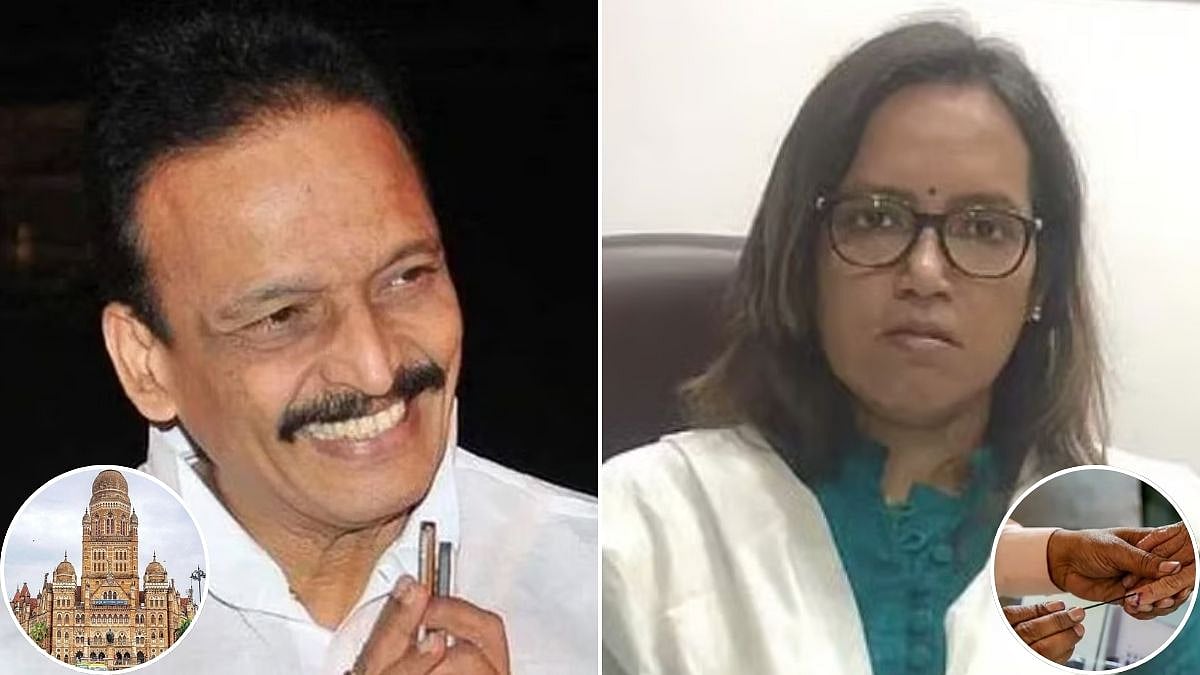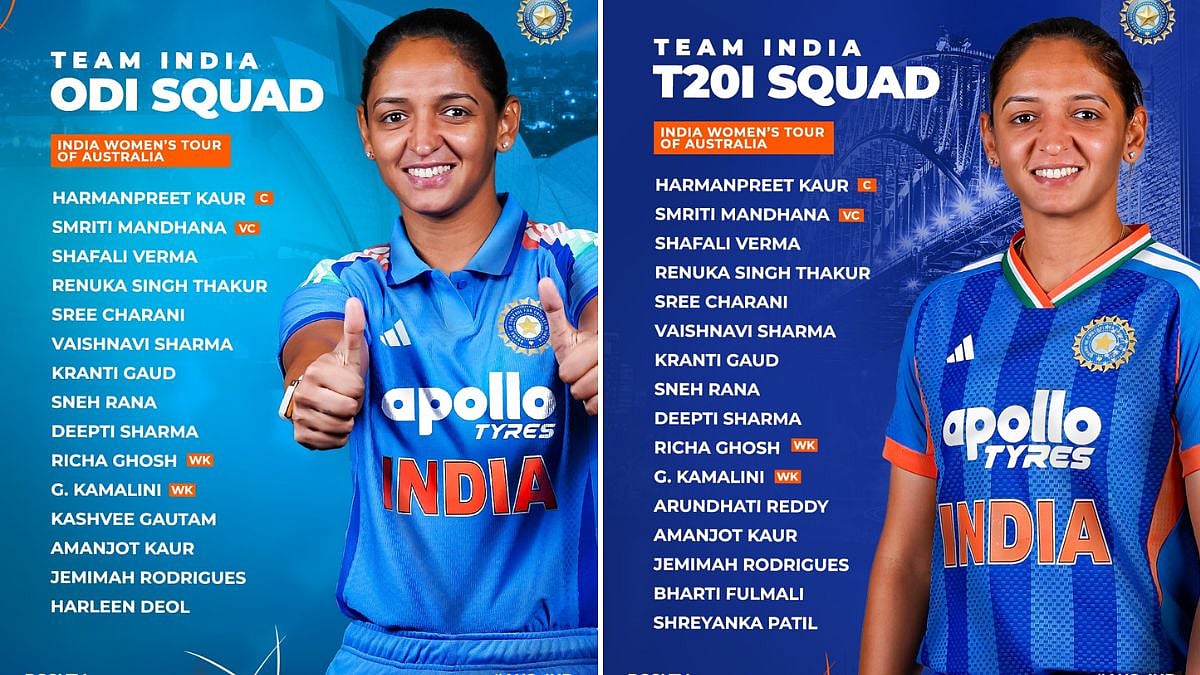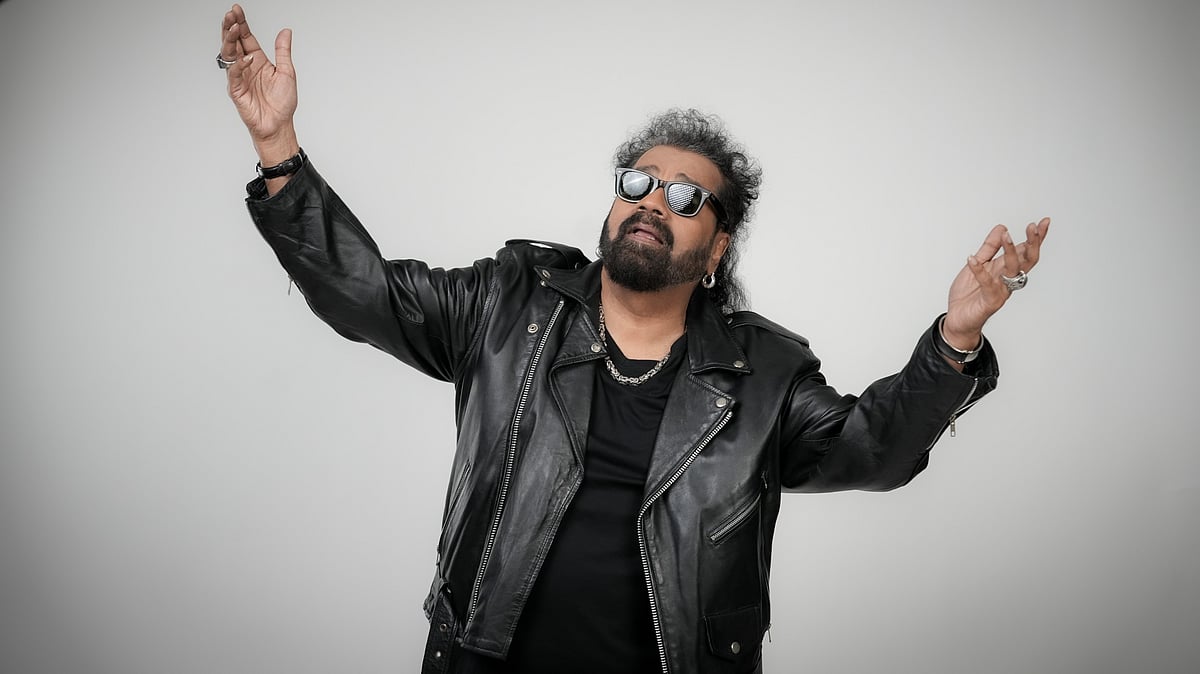On Friday, September 2, India's indigenous aircraft carrier INS Vikrant was commissioned at Kochi by Prime Minister Narendra Modi.
The induction of the largest warship ever built in India, an aircraft carrier is a testament to the hard work, talent, influence, and commitment of 21st-century India. This gives a boost to ‘Make In India’ and Aatma Nirbharta in Defence initiatives, the journey which the Indian Navy began in September 1960 with the commissioning of INS Ajay, a small seaward Defence Boat.
“This is one of the significant achievements of India’s maritime history. Building an aircraft carrier of this magnitude shows that India has great power. There are only five countries that built aircraft carriers which are Russia, the USA, France, China, and the UK, and now India has joined those nations which shows that we have the capability of building ships of this magnitude. INS Vikrant has surely added strength to India’s maritime resources. Any great nation becomes great with its actions and successfully building and commissioning INS Vikrant proves that India is a great nation with great defence powers,” says Commodore Shyam Kaushal (retd) Indian Navy.
An incredible journey
In this splendid journey from INS Ajay to INS Vikrant of 62 years, the country’s shipyards have built the Indian Navy-designed survey ships, amphibious vessels, destroyers, and ballistic missile submarines. Now, INS Vikrant, the predecessor of which was decommissioned on January 31, 1997, and played an active role during the liberation of the Bangladesh war in 1971, Goa liberation of 1961 and1965 war, comes back to its glory once again in a new avatar. The Indian Navy called the old INS Vikrant mother, and many tears were shed when she bid adieu. The commissioning of INS Vikrant on September 2 was like bringing back the ‘Mother’ of the Indian Navy.
Dream comes true
It all began in 1989 when India announced plans to replace the British-built aircraft carriers with two new 28,000-tonne air defence ships. In 1991-’93 the plans to start the construction were shelved due to the economic crises and the project was revived in 1999 by the then defence minister George Fernades. In 2001, Cochin Shipyard Limited finalised the graphic design and in 2003 the
Vajpayee government gave a green signal to the project. In 2006, Project Indigenous Aircraft Carrier (IAC-I) readied for takeoff and in 2008 the CSL started preparation work and the then defence minister A K Antony laid the keel for IAC-I on February 28, 2009. Unfortunately, in 2010 the launch was disturbed due to displacement issues in the building bay. However, on December 29, 2011, with a displacement of over 14,000 tonnes, the completed hull of the carrier entered the water from the dry dock as India planned to commission the ship in 2013-14. But the plans were derailed due to technical issues. In August 2021, extensive “user acceptance trials” began — putting to test the hull, main propulsion, auxiliary equipment, aviation facilities, weapons and sensors, and maneuvering capabilities. On July 28, 2022, the Cochin Shipyard delivered IAC-I to the Indian Navy which finally got commissioned on September 2, 2022.
A symbol of aspirations and self-reliance
Designed by the Indian Navy’s in-house Warship Design Bureau (WDB) and built by Cochin Shipyard Limited, Vikrant has speed of 28 knots with an endurance of 7,500 nautical miles. The ship has around 2,200 compartments, designed for a crew of around 1,600 including women officers and sailors. The carrier is designed with a high degree of automation for machinery operations, ship navigation, and survivability.
The ship has an operating air wing consisting of 30 aircraft comprising of MiG-29K fighter jets, Kamov-31, MH-60R multi-role helicopters, in addition to indigenously manufactured Advanced Light Helicopters (ALH) and Light Combat Aircraft (LCA) (Navy). Using an aircraft-operation mode known as Short Take Off But Arrested Recovery (STOBAR), INS Vikrant is equipped with a ski-jump for launching aircraft, and a set of ‘arrester wires’ for their recovery onboard.
“Vikrant is huge, massive, and vast. Vikrant is distinguished, and Vikrant is also special. Vikrant is not just a warship. This is a testament to the hard work, talent, influence, and commitment of India in the 21st century. If the goals are distant, the journeys are long, the ocean and the challenges are endless — then India’s answer is Vikrant,” PM Modi said during the commissioning ceremony.
Vikrant is like a floating city and a power house within itself. It will produce electricity that is sufficient to power 5000 households and the wiring used will reach Kashi from Kochi. INS Vikrant is a living embodiment of the Spirit of the Panch Prans, the ramparts of Red Fort.
Speaking on the occasion, Chief of the Naval Staff Admiral R Hari Kumar voiced the Navy’s resolve for India@100 to become completely self-reliant until 2047, consisting of ‘Made in India’ ships, submarines, aircraft, unmanned vessels, and systems and remain a ‘Combat Ready, Credible, Cohesive and Future-Proof Force’.









